Cash Flow Forecast Guide for Entrepreneurs and Business Owners

With the unfortunate outbreak of the COVID-19 virus and the resulting slowdown in global business, entrepreneurs and business owners will need to spend time planning their business finances for the next few months if not already done so to ensure they can navigate through these uncertain times. A cash flow forecast is an essential indicator for monitoring the business cash requirements as it is an estimate of the expected cash your business will generate and incur over a set period. This is especially important if cash flow is very tight and/or customers and clients are reducing business and payments. Now is the time to assess the business finances to understand what actions need to be taken in response to the temporary slowdown in your business.
Accounting concepts – Accruals based vs Cash-based accounting
Before we go through the process of creating a cash flow forecast, we need to distinguish between two accounting concepts: accruals-based and cash-based accounting. When assessing profitability, an accruals-based concept is used because revenue on services rendered is recognized when occurred (not always when invoiced) and similarly expenses such as rent are recognized when the actual expense is incurred rather than paid. A cash flow report is different in that it will only account for those transactions when the cash is paid/received rather than incurred. For example, if you have issued an invoice for AED 100 which has not yet been collected and in the same month a 12-month rent payment of AED 120 is paid, the profit and loss and cash flow will have two different reports as shown below:
Profit and loss
- Revenue: 100
- Expense: 10 (rent incurred for one month)
- Net Profit: 90
Cashflow statement
- Cash from customers: 0
- Cash paid for rent: -100
- Net cash outflow: -100
These differing concepts are important to grasp for entrepreneurs and business owners as they frequently ask the question: “this month I am profitable but why do I not have cash in my bank?” Although your business may be profitable, it still needs cash to manage the day-to-day operations and this information is available from a cash flow forecast.
Tools to use
Popular tools used in this exercise would be excel or Google sheets but if you are using online accounting software such as Xero, there are cloud-based software such as PowerBI, Float, and Spotlight Reporting which can export the accounting data automatically and semi-automate some of the forecasting work for you. However, in the article, we will focus mainly on preparing a cash flow using excel or Google sheets.
Burn rate
What is my burn rate? The first thing you will need to prepare when producing a cash flow forecast is a list of monthly payments which go out regularly. Make a list of all such types of expenses and use the last three bank statements to help you with this. Most bank statements can be downloaded into an excel/CSV format so going through the data there should be easier. The key factor to consider when categorizing what monthly payments to include would be as follows:
- Salaries
- Online subscriptions
- Monthly retainers
- Monthly cleaning charges
- DEWA
- Chiller fees (e.g. Empower)
- Telephone and internet
- Travel and Entertainment
Other non-expense items to be included would also be outgoings such as loans and mortgage repayments.
Non-monthly and infrequent payments
One of the trickier areas to forecast in this process would be the infrequent payments. This is because they are the large outflows that are usually missed out and therefore very important to include, examples are as follows:
- VAT payments
- Rent
- Deposits
- Trade license fees
- Visa renewal fees
- Bonus and commission payments
- End of service payments
- Annual Ticket benefits
- Purchasing large quantities of stock
- Loan repayments
Any investment and capital expenditure would also be classified as an infrequent payment and these would include major spending plans on business expansion, purchasing IT equipment, vehicles, and office equipment.
Accounts payable and Accounts receivable
Accounts payable are the bills you have received, and accounts receivable are the invoices you have issued. In both cases, they have not yet been settled. This information is used to project future cash movements based on the information at hand today. For example, if you have invoices that are due to be paid after 30 days, the cash flow forecast would incorporate the inflow of them in the month after the invoice is issued. Similarly, if there are many bills to be paid, the date on which they are due is entered into the cash flow forecast based on the due payment date and not the date received.
Revenue forecast
We now have our monthly burn rate, our one-off expenditure, as well as our accounts payable and receivables, entered into our cash flow forecast. We then need to estimate our future revenue over the next few months along with when these will be settled. In the cash flow forecast, we only enter the revenue in the month it will be received. Keep in mind that although you have 30-day terms, realistically you may receive the cash after 45 or 60 days.
Other inflows
Other inflows to consider would also be any financing in the form of loans or mortgages. This would be entered on the expected date of receipt. Any finance raised from investment should also be added.
Putting the information together
Once you have all of the information incorporated into the cash flow forecast, you then need to enter them on an excel/Google sheet to visualize the cash flow needs of your business.
To keep things simple, it would be recommended to have a single sheet and to use basic formulas to make sure all components can be understood instantly. Make sure that you forecast for 12 months creating a separate column for each month. Enter all relevant information in the sections you normally evaluate the business, therefore the sales and cost of sales-related transactions would be grouped in one section and the one-off items and regular monthly expenses would also be grouped in their sections.
At the bottom of the spreadsheet, you will have the opening cash plus the net movement (totaled from the various sections explained above) to give you the closing cash balance. The following month's opening cash should then link to the previous month's closing cash and so on.
Forecast scenarios
Once you have your cash flow forecast, you will then be able to add and remove cash flow data into your report while you review certain scenarios. In these times it would be advisable to have two scenarios, a best-case, and a worst-case scenario.
Decision Making
Once you have a clear understanding and view of the differences in cash scenarios of your business, now is the time to start thinking about making tough decisions. However, also keep in mind that when things do pick up, you will need a cash reserve to kick start your business.
DISCLAIMER
This article is written in general terms and therefore cannot be relied on to cover specific situations; application of the principles set out will depend upon the particular circumstances involved and we recommend that you obtain professional advice before acting or refraining from acting on any of its contents.

.webp)

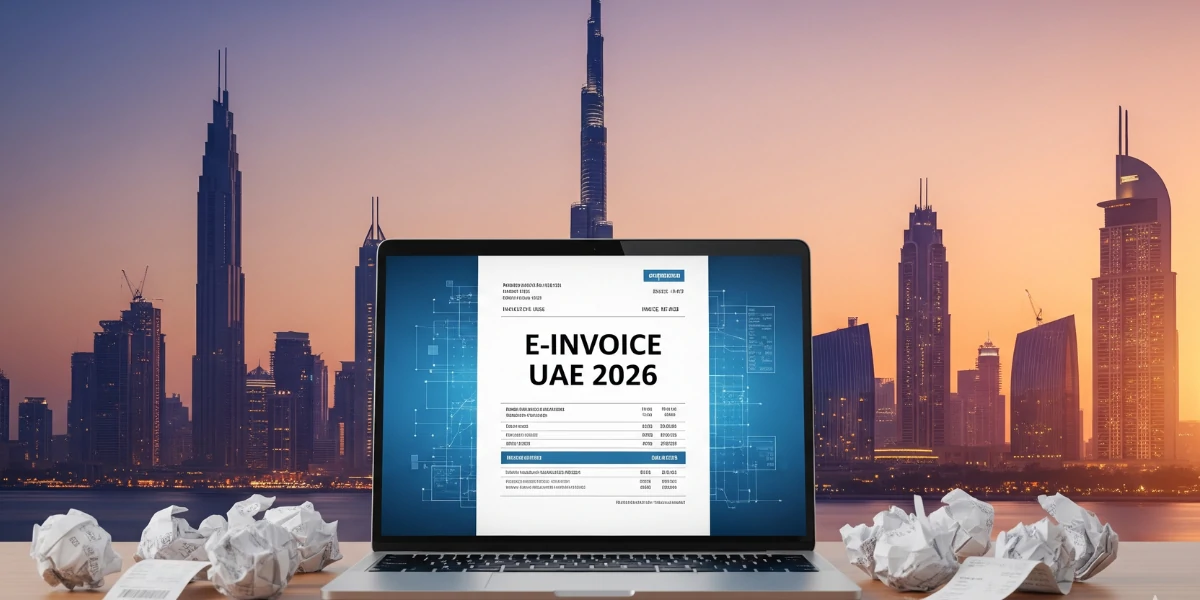
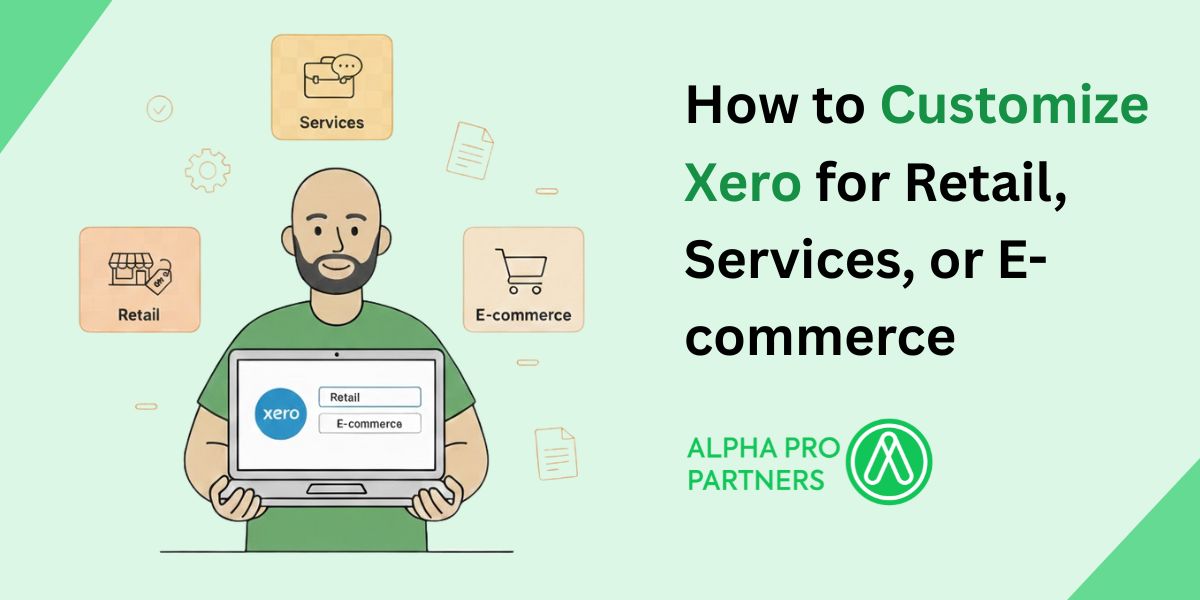




%20Widgets%2C%20Shortcuts%20%26%20Customisation.jpg)


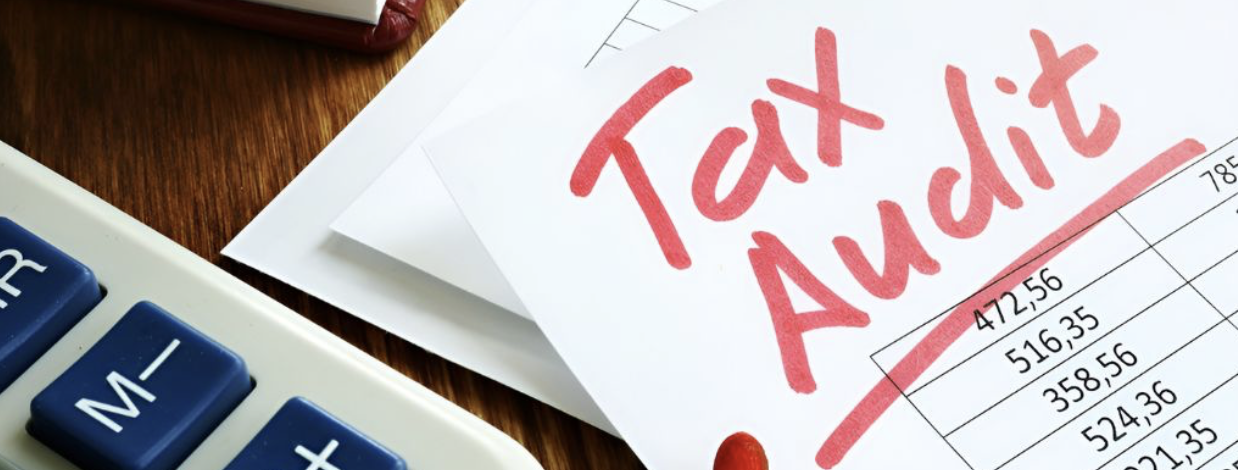


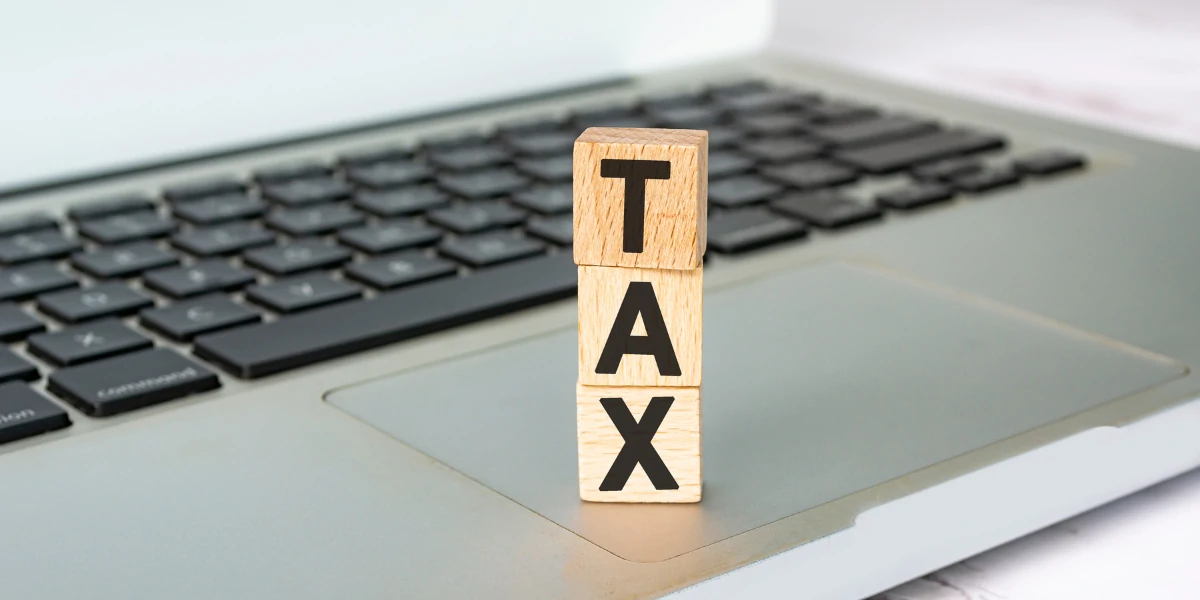
.webp)
.webp)
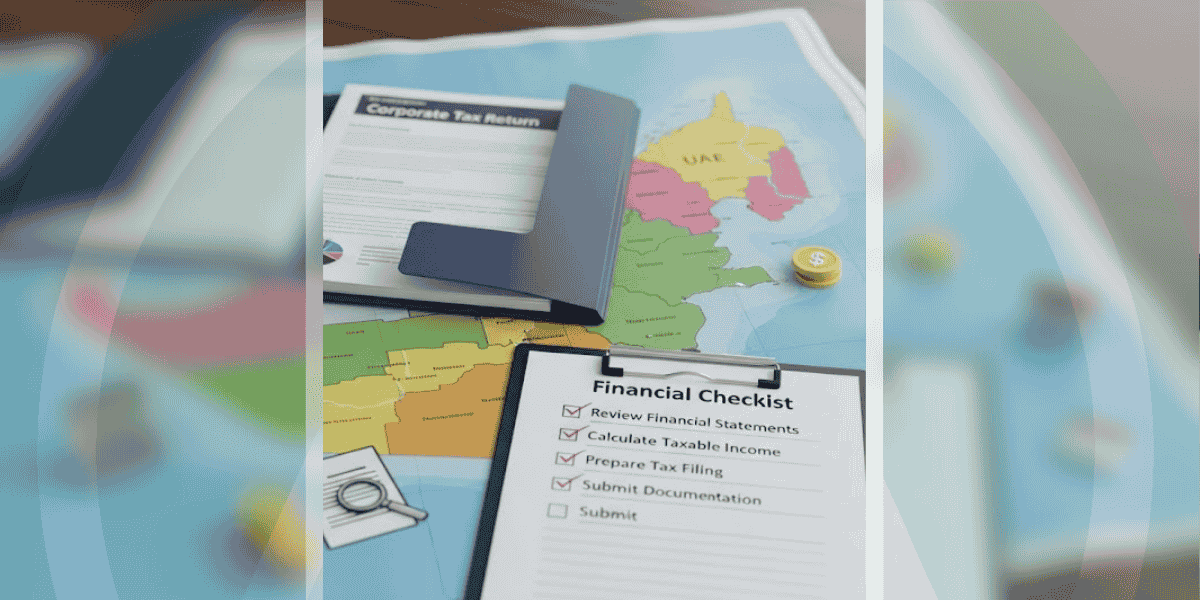
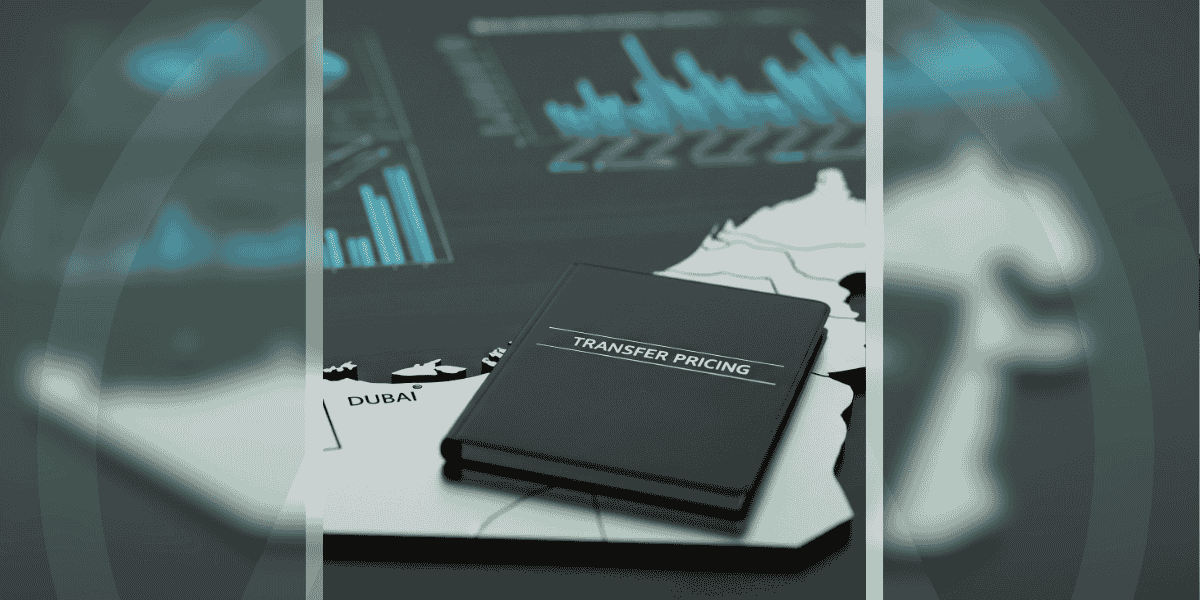
.png)
.png)
.png)
.png)
.png)
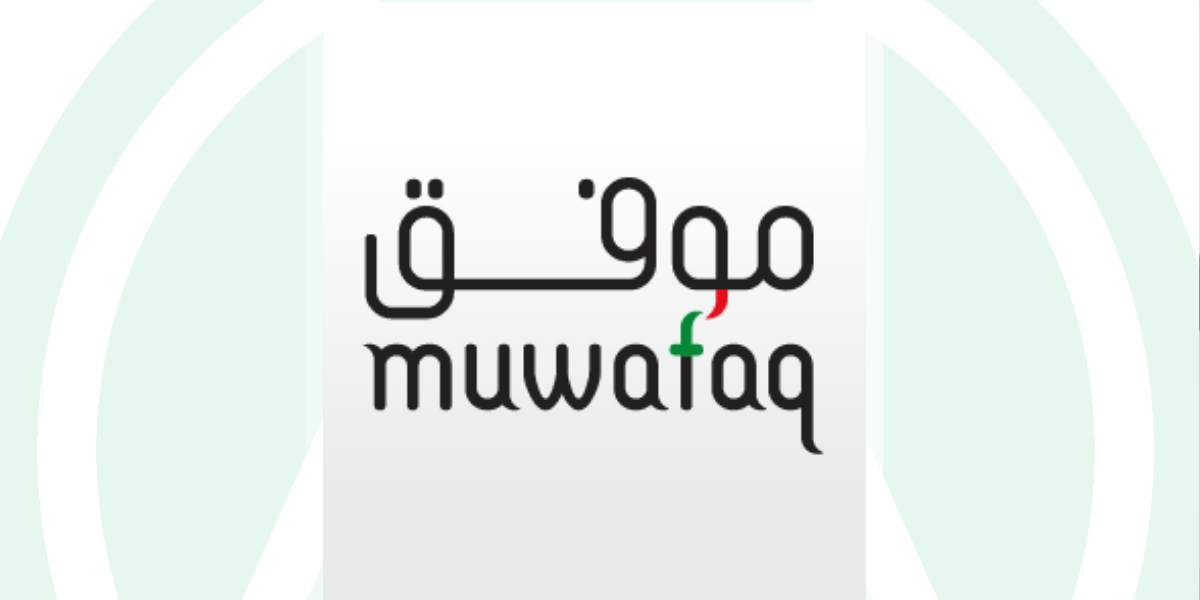
.png)
.png)



.png)
.png)





.jpg)


.jpg)




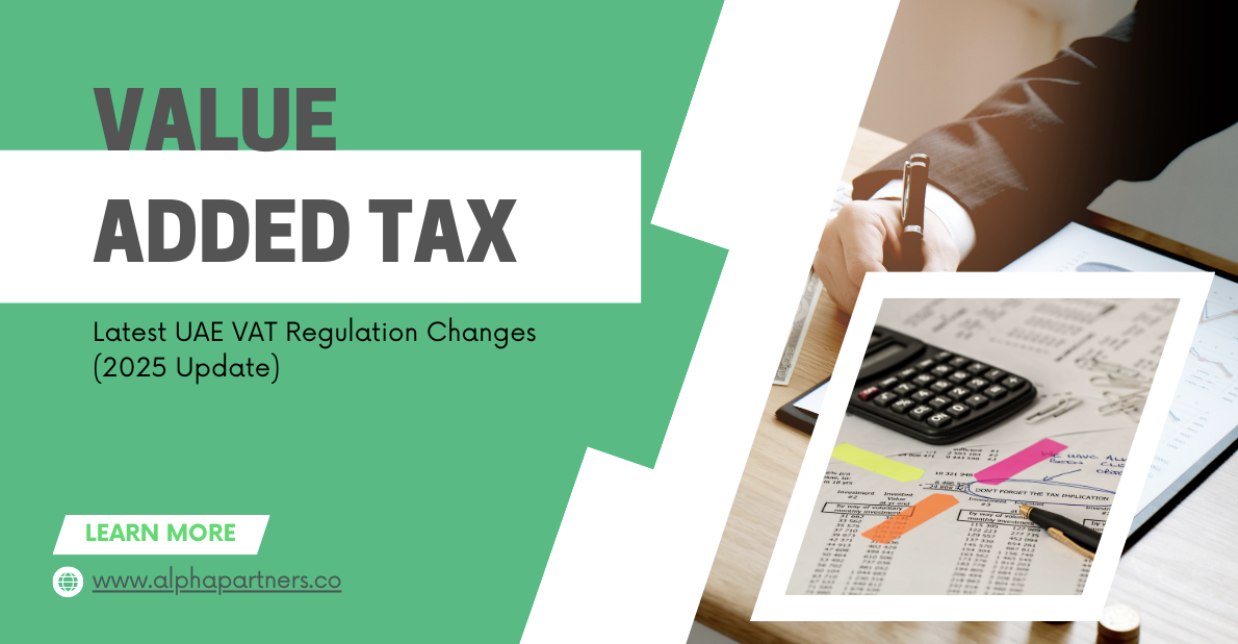
.png)
.png)





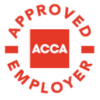
.png)


